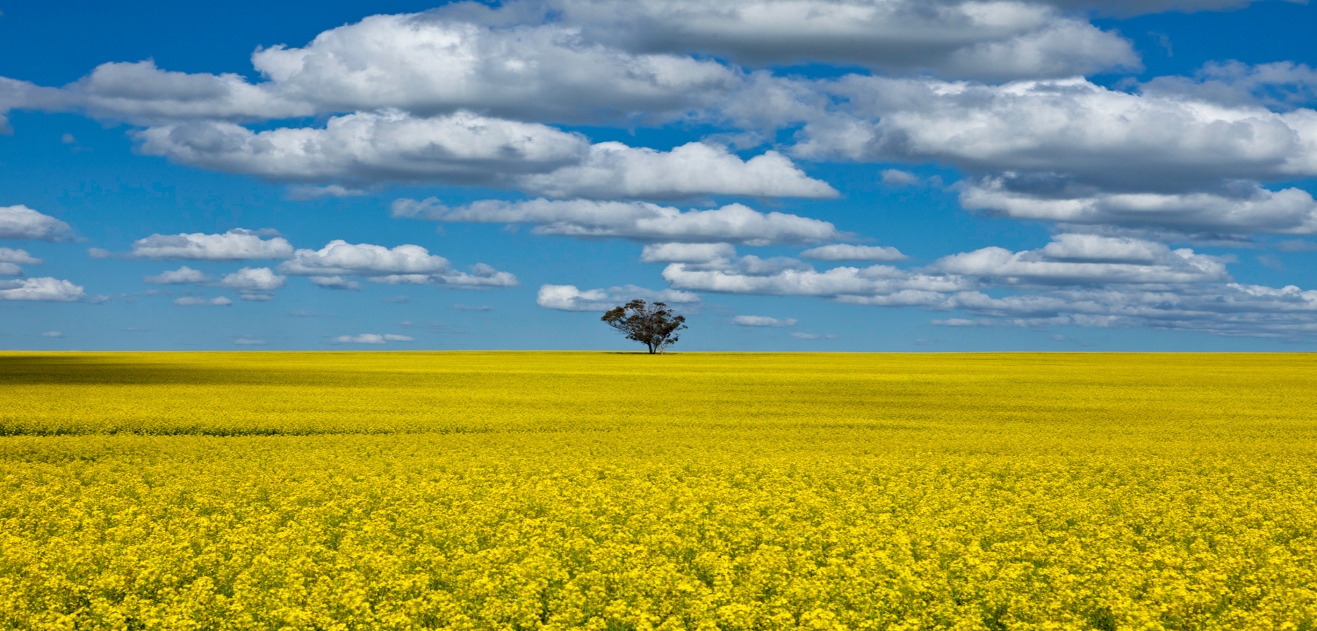
Grain Snippet: Canola Prices Slip
Canadian canola and EU rapeseed prices had previously been firming since mid-March; however, these trends have each since broken down. EU rapeseed fell below short-term and then medium-term support, whilst Canadian canola futures has more recently fallen below its short-term support. Crude oil prices rallied strongly on heightened conflict in the Middle East, but pulled back sharply as tensions eased, with the oilseed complex following suit. With the European rapeseed harvest having commenced in late June, new season production is adding to available stocks which has lowered prices.
Global canola stocks have been tight, with stocks-to-use among major canola trading countries (EU, Canada, Australia and Ukraine) falling from 9.2% in 23/24 to 5.6% in 24/25 due to a fall in production from 50.4MMT to 45.6MMT y/y. Poor growing conditions due to excessive rainfall in Europe last year saw production decline from 20.4MMT in 23/24 to 16.9MMT in 24/25 (down 17%). Ukraine was also down 1MMT y/y to 3.8MMT due to hot and dry growing conditions, whereas Canada and Australia were relatively unchanged at 18.8MMT and 6.1MMT respectively. As these deficits primarily impacted non-GM crops (in the EU and Ukraine), we saw significant price support for local non-GM canola, driving the price wedge between GM and non-GM.
Now looking at 25/26, global canola stocks-to-use are forecast to increase slightly to 6.3%, due mainly to improved EU production at 19.4MMT (up 2.5MMT y/y and 1MMT above the 10-yr average). Canada is forecast to increase 25/26 canola production to 19.5MMT up 0.7MMT y/y. Australia and Ukraine forecast production remains relatively unchanged at 5.7MMT and 3.7MMT respectively. With global canola stocks-to-use forecast to remain historically low, prices are likely to be supported particularly if there are production issues in Canada or Australia.
In their May Crop and Pasture Report PIRSA forecast the 25/26 SA canola crop at 392kMT, from a seeded area of 220kha. This area is a decline of 21kha (9%) due to a poor start to the season, high input costs and herbicide soil residues. It would be the smallest canola crop since 19/20. PIRSA’s production forecast is relying on better spring conditions than in 24/25 and looking at the Bureau of Meteorology 3-month outlook, forecasts above average rainfall for Southeastern Australia for August to October. If realised, this would be the second smallest crop in the past six years and 113kT (22%) smaller than the 505kMT 5-year average. Victoria’s canola production is forecast at around 1MMT, slightly lower than last season but also 22% below the 5-year average.
At the national level, the ABARES forecast for the 25/26 Australian canola crop is 5.7MMT, down 0.4MMT (7%) y/y and 0.7MMT (11%) smaller than the 5-year average. This is due to a slight net-decline in planted area (down 40kha) and reduced average yield of 1.7MT/ha for 25/26 compared to 1.8MT/ha in 24/25.
This is a sample only, if you would like to view the entire document and our recommendations, please contact CloudBreak to discuss becoming a member on (08) 8388 8084.


